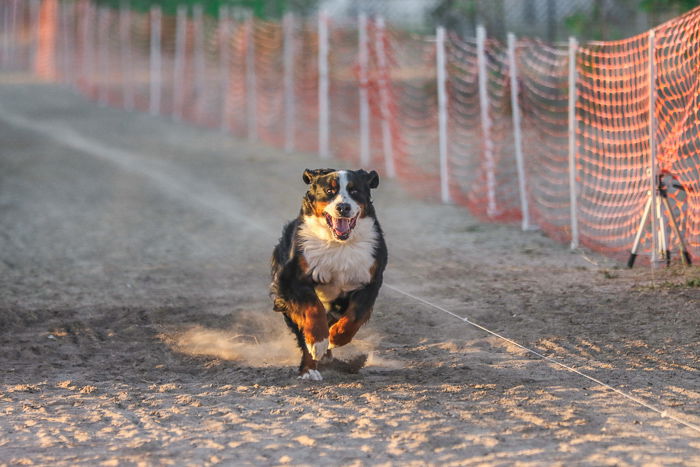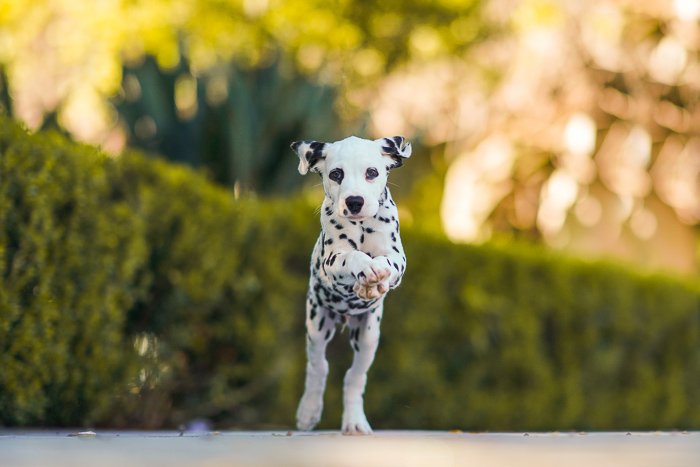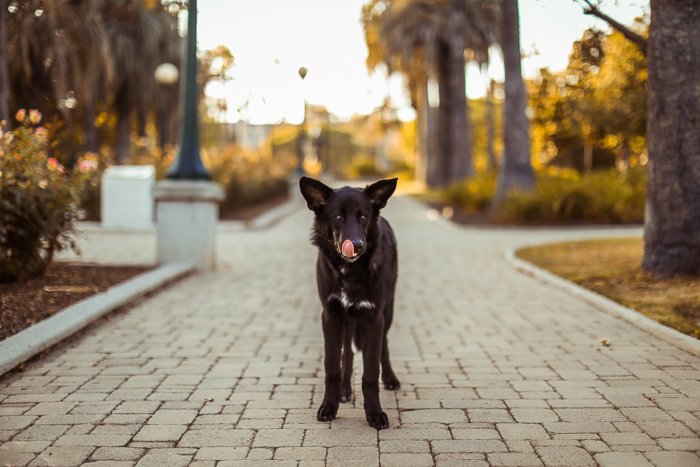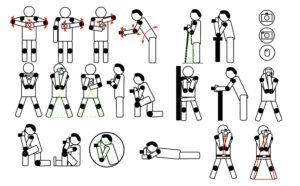When you take a picture, the camera shakes ever so slightly. This is because your hands shake as you take the picture. This can cause your photos to be blurry. Vibration reduction in photography helps to reduce this shaking, which results in sharper photos.

What Is Vibration Reduction in Photography or Image Stabilization?
When you use cameras and lenses handheld, you can’t help but have minor tremors because of the weight. VR and IS is a system that prevents camera shake from causing blur in your photograph.
The two terms mean the same thing. Camera brands use either one or the other. Nikon uses Vibration Reduction, while IS is a common term for Canon.

VR and IS exist in both cameras and lenses. These systems can work together or be independent. The type depends on the lens, camera body and brand.

Tripods, gimbals, and other mounts are an option, but the majority of camera use is handheld. As such, image stabilization can become an essential feature.
How Does the Vibration Reduction System Work?

VR or IS is usually only available on particular lenses. These lenses tend to be either zoom or macro lenses. The other lenses don’t need vibration reduction as much.
Zooming and narrower aperture create the need for IS or VR. Most fixed focal length lenses have a wide enough aperture that Vibration Reduction is not needed.
There are different kinds of image stabilization systems. The most common are optical, dual and internal gyroscope stabilization. These ensure that the sensor remains in the same position at all times, preventing blur.

Internal gyroscopes float the sensor on a gyroscope-type mechanical system. They keep the sensor floating in the same spot. Optical stabilization uses hardware to eradicate image shake.
Digital stabilization, as the name implies, uses software to correct camera shake. Dual stabilization is when you pair a lens with image stabilization and a camera with internal stabilization.
Both systems work in tandem to ensure the footage is solid.
Which system is better? It depends on the camera itself. None are perfect, but neither is better than the other. The camera or lens gets built with what will work best.
The Difference in Camera Brands.

Each camera brand has its own patented design to stabilize photographs.
Nikon’s Vibration Reduction allows you to shoot up to four stops slower than with a non-VR lens. This is great for those that photograph concerts or low light conditions. Vibration Reduction works when a compatible lens attaches to a compatible DSLR camera.
Two sensors inside the lens can sense movement. One sensor can figure out vertical. The other sensor can understand the horizontal movement. Together they can diagnose diagonal motion.
The sensors send this information over to a small computer inside of the lens. This will determine how much the stabilizer needs to move to counter the camera’s shake.
The data gets sent to the motors that drive the stabilizer elements to compensate for the motion. This makes sure that your movement doesn’t affect the sensitive internal components. The result is a photograph with no camera shake.

Canon’s Image Stabilization is similar to an extent. Canon developed its system in 1995. It creates opposing movement inside the lens, offsetting all outside movement. This cancels the action out and prevents blurring.
When you press the shutter, a stabilization lens group releases inside of the lens itself. Two gyro sensors start-up and detect the speed and angle of any camera movement. The collected information gets sent to a computer which tells the lens what to do.
These instructional details get sent to the stabilization lens group. The data determines the speed and direction to counteract the unwanted movement. The system repeats itself in fractions of seconds so new movement is also corrected!
Sony’s Balanced Optical SteadyShot is a gimbal system. This gimbal system works in a different manner from other brands. The company touts it to be more productive.
Sony’s gimbal shifts the entire inside of the lens unit instead of parts of it. This allows stabilization when taking a photograph while walking or running.

Sigma’s Optical Stabilizer originates inside of the lens. Floating groups counteract sensed movement with opposite motion, much like Canon and Nikon.
Tamron calls their version Vibration Compensation. Olympus, Panasonic, and Leica all have their titles for a similar mechanism as well. Whatever your brand of choice, so long as the job is well done, that’s what matters.
How and When Should You Enable Vibration Reduction or Image Stabilization?

All cameras that have a stabilizer in them have the option to switch the stabilization on or off. Most (like myself) tend to keep the option on. Image stabilization is best for specific conditions or to counteract particular variables.
If you’re holding a telephoto or heavy piece of equipment, your hands will quiver from the weight. VR or IS can ensure that this movement isn’t causing problems to your shot.
You can shoot at lower ISO levels to prevent noise and slower shutter speeds to account for low ISO. This is good for sports photography where you often go handheld to follow the action!

For windy conditions, IS and VR is also beneficial (even if your camera is on a tripod). The shake caused by wind pushing on your equipment is enough to cause trouble in the final result. Stabilization can correct this problem.
Image stabilization allows camera and lens handheld use without worrying about shake. It also has a bonus for low light photography. Image stabilization enables you to go several stops slower with shutter speed.
The system prevents your subject from being as blurred with movement as it could have been. It is excellent for night photography as you can shoot “slower” and expose more.

The higher the shutter speed, the faster the frozen action it can capture, but the darker your frame. The lower the shutter speed, the slower the shutter takes the picture.
The action blurs more – but your frame gets exposed< to much more light and is thus brighter.
The Cons of Vibration Reduction and Image Stabilization

Image stabilization may sound like a perfect system (and a perfect solution to a problem that plagues many photographers), but it’s not.
There are downsides to VR and IS, which is why there is an option to turn the system off.
People assume that if you turn stabilization on, it will lay dormant until it senses motion. Depending on camera, lens, and brand, vibration reduction may never be off even when there is no movement.
The camera or lens may continue searching for movement, which can cause some blur in your image! To remedy this, you can turn the vibration reduction system off when shooting in bright daytime.
Your shutter speed is high enough to compensate for any shake.

Another thing to consider is that vibration reduction requires battery life to operate. As such, the system can drain the battery if you’re not careful.
This is especially true with large lenses and sensors, which need more energy to move around. This is something to consider if you are keeping IS or VR on when you don’t need to.
Conclusion

The short answer is, it depends on what you’re photographing. For me, Image Stabilization (as a Canon user) is a must-have because of my subjects.
I shoot a lot of live concert and low light situations. A slower shutter speed that allows me to use a lower ISO level helps cut noise and other such problems. Also, when I am photographing action, I use hefty lenses that leave my hands shaking under the weight. IS has saved me more times than it has not!
However, choosing a lens and camera with a stabilization system comes at a price. If you usually shoot in well-lit conditions and are on a budget, you can get around without an IS or Vibration Reduction system for sure.
One of the ways to counteract lens shake is to have a high enough shutter speed to which point it doesn’t matter. Photographing in bright lit conditions allows you to do that.
I’ve always been of the mind that, if you can afford more functionality, go with more. You can turn vibration reduction off when not needed, but when necessary, it’s nice to have the option.






